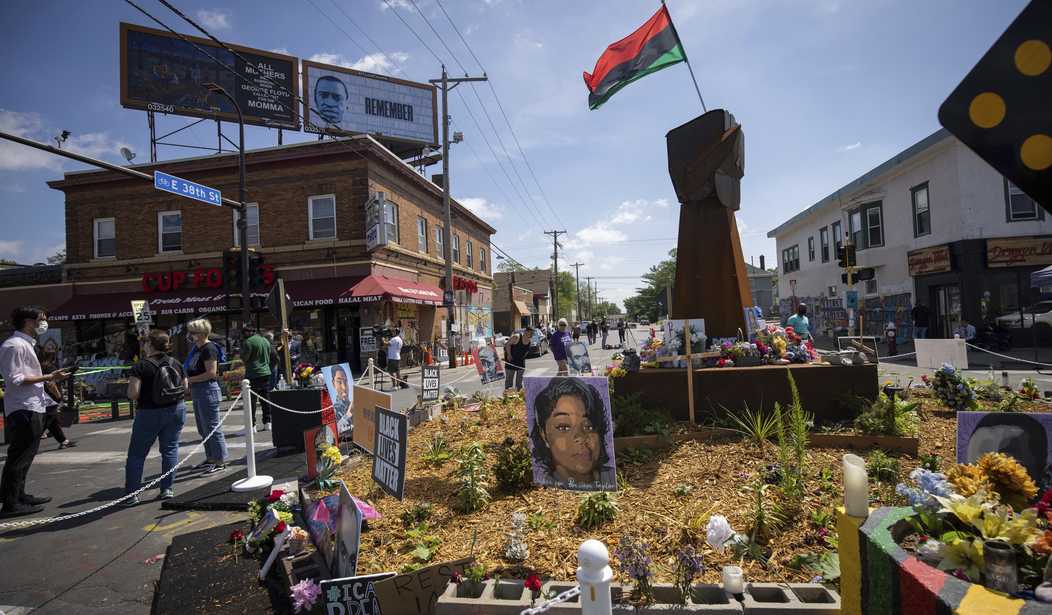Top News
George Floyd Square Businesses Sue Over Rampant Crime

The city of Minneapolis was the site of the infamous 2020 incident that turned George Floyd into a cultural icon and kicked the “defund the police” movement into high gear. Riots across the nation followed, with billions of dollars in damage caused and dozens of people being killed. Floyd was lionized to the point where the city named the intersection where he died “George Floyd Square.” But that was three years ago and some things have changed since then. Or perhaps it would be more accurate to say that many of those things have not changed, but people have become fed up with them. Now, a group of five businesses located in George Floyd Square are suing the city. They claim that the barriers erected there to “protect” the protesters drove away customers and that the subsequent lack of policing has made their neighborhood too dangerous for people to shop there. The irony in this story is rich indeed. (National Review)
The owners of several businesses at the intersection where George Floyd was killed by a Minneapolis police officer in 2020 are suing the progressive city, claiming that they were financially harmed by the concrete barriers erected in the street for over a year and by an intentional draw-down of policing that led to a rise in lawlessness in the area.
The plaintiffs in the lawsuit include Cup Foods, now known as Unity Foods, the store where Floyd tried to pass a phony $20 bill before police were called, as well as businesses that operate within the store and an investment firm that operates out of the same address. The five businesses that are plaintiffs in the lawsuit are all owned by the same family, according to a Minnesota Public Radio report.
The plaintiffs are seeking more than $1.5 million in damages from the city. The 19-page lawsuit was filed in Hennepin County District Court in mid-November.
In the aftermath of the erection of the barricaded “cop-free zone,” there was a steady increase in the rates of murder, rape, assault, and robbery. More than two years later those trends have failed to abate. The crime rate in the vicinity of the square remains higher than anywhere else in Minneapolis.
In some ways, the city really did bring this lawsuit on itself. When the barriers were first put up, the municipal government “actively supported” the creation of the zone. The police publicly announced that they would minimize their presence in and around the square. The results were wholly predictable. When you remove the police presence, criminals notice and seek to take advantage of the situation. And now the businesses are seeking to cash in on the results.
This is what happens when you surrender to mob rule, and mob rule was precisely what took place in Minneapolis in 2020. The media played up all of that activity as if it were somehow honorable and deserved. The word traveled around the country and the riots spread like a virus from city to city. And the vast majority of the participants were not out there demanding “social justice” reforms. They were looting and burning as they went.
The riots mostly died down after the “summer of love,” but in Minneapolis, the barriers stayed up for nearly a year. By the time the city finally removed them and reopened the streets, the damage had already been done. A previously modestly prosperous neighborhood had been converted into a dangerous slum. The business owners bringing the suit claim that their property value dropped from roughly two million dollars before the riots to about $200,000 today. Many people are still afraid to come to the square to shop.
While the city clearly bears some of the blame for all of this, the residents might want to ask themselves a more fundamental question. Why are there so many criminals and those prone to crime packed so densely into one neighborhood? An increased police presence might cut back on some of the problems, but they won’t be able to make the criminal element disappear entirely. Sometimes change has to begin from the inside before the government can try to fix things externally.
Read the full article here


















